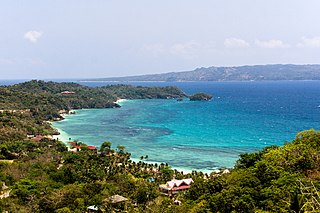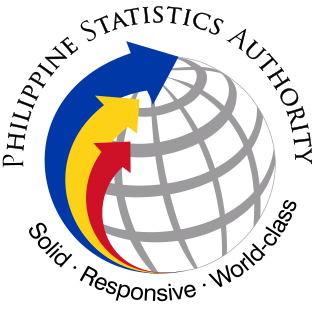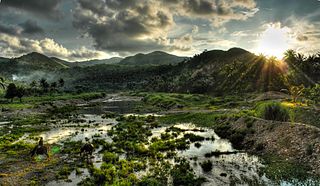Buruanga | |
|---|---|
| Municipality of Buruanga | |
 Map of Aklan with Buruanga highlighted | |
Location within the Philippines | |
| Coordinates: 11°51′N121°54′E / 11.85°N 121.9°E Coordinates: 11°51′N121°54′E / 11.85°N 121.9°E | |
| Country | |
| Region | Western Visayas (Region VI) |
| Province | Aklan |
| District | Lone district |
| Barangays | 15 (see Barangays) |
| Government | |
| • Type | Sangguniang Bayan |
| • Mayor | Quezon F. Labindao |
| • Electorate | 11,286 voters (2016) |
| Area | |
| • Total | 88.50 km2 (34.17 sq mi) |
| Population (2015 census) [3] | |
| • Total | 19,003 |
| • Density | 210/km2 (560/sq mi) |
| Time zone | UTC+8 (PST) |
| ZIP code | 5609 |
| PSGC | |
| IDD : area code | +63 (0)36 |
| Climate type | Tropical climate |
| Income class | 5th municipal income class |
| Revenue (₱) | 66.6 million (2016) |
| Native languages | Aklan language Ati Tagalog |
Buruanga, officially the Municipality of Buruanga, (Aklanon: Banwa it Buruanga; Hiligaynon: Banwa sang Buruanga; Tagalog : Bayan ng Buruanga), is a 5th class municipality in the province of Aklan, Philippines. According to the 2015 census, it has a population of 19,003 people. [3]
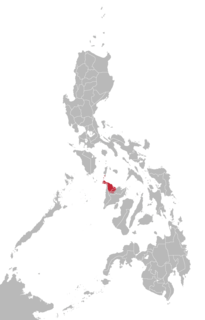
Aklanon (Akeanon), also known as Aklan, is a regional Visayan language spoken in the province of Aklan on the island of Panay in the Philippines. Its unique feature among other Visayan languages is the close-mid back unrounded vowel [ɤ] occurring as part of diphthongs and traditionally written with the letter E such as in the name Akeanon (Aklanon). However, this phoneme is also present in sister Philippine languages, namely Itbayat, Isneg, Manobo, Samal and Sagada.

The Hiligaynon language, also often referred to by most of its speakers simply as Ilonggo, is an Austronesian regional language spoken in the Philippines by about 9.1 million people, mainly in Western Visayas and Soccsksargen, most of whom belong to the Visayan ethnic group, mainly the Hiligaynons. It is the second-most widely spoken language and a member of the so-named Visayan language family and is more distantly related to other Philippine languages.

Tagalog is an Austronesian language spoken as a first language by a quarter of the population of the Philippines and as a second language by the majority. Its standardized form, officially named Filipino, is the national language of the Philippines, and is one of two official languages alongside English.
Contents
Buruanga is located at the western tip of Panay Island. It is a coastal town bounded on the north by Malay; south by Libertad, Antique; and west by the Cuyo East Pass of the Sulu Sea.

Malay, officially the Municipality of Malay,, is a 1st class municipality in the province of Aklan, Philippines. According to the 2015 census, it has a population of 52,973 people.

Libertad, officially the Municipality of Libertad,, is a 5th class municipality in the province of Antique, Philippines. According to the 2015 census, it has a population of 16,429 people.
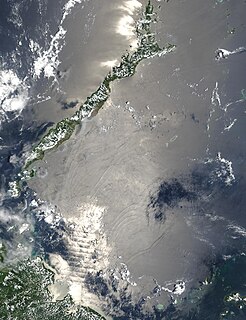
The Sulu Sea is a body of water in the southwestern area of the Philippines, separated from the South China Sea in the northwest by Palawan and from the Celebes Sea in the southeast by the Sulu Archipelago. Borneo is found to the southwest and Visayas to the northeast.


